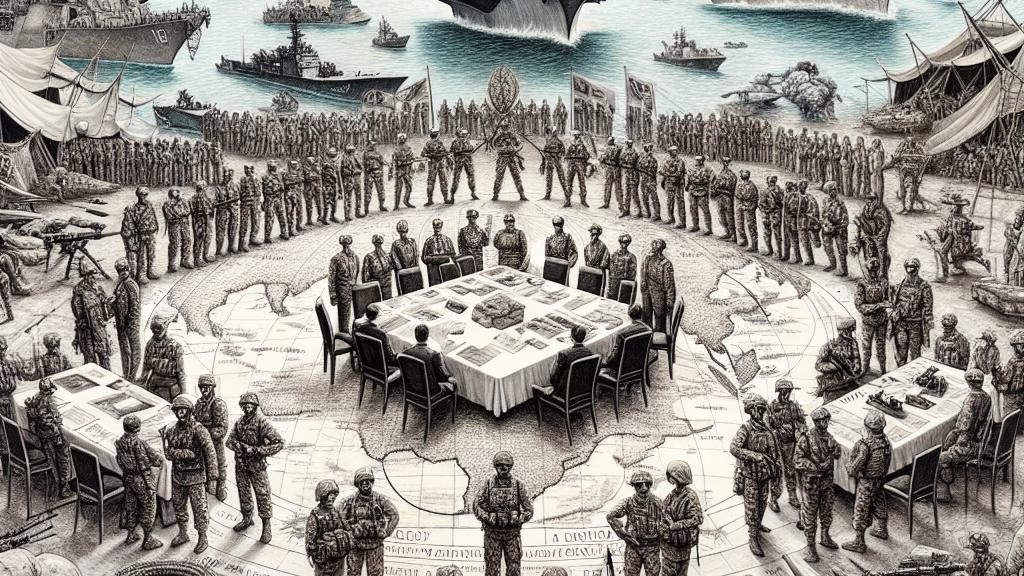U.S. Military Strategy Reinforcement in the Middle East
Overview
- The Middle East experiences a significant increase in U.S. military presence amid tensions between Israel and Hezbollah.
- Currently, around 40,000 U.S. troops are deployed, showcasing American strategic interests in regional stability.
- This military buildup aims to deter threats from Iran and its proxies, emphasizing the importance of international security.

Rising Tensions and the U.S. Military Response
The ongoing conflict between Israel and Hezbollah has dramatically heightened tensions in the Middle East, and the repercussions are being felt globally. Following Israel’s intensive drone strikes and military operations against Hezbollah targets, the U.S. has strategically bolstered its military presence, positioning around 40,000 troops across various nations in the region. This response is not simply a show of force; it reflects a calculated effort to reinforce alliances and ensure stability amidst chaos. For example, the U.S. Navy's deployment of warships, including the USS Dwight D. Eisenhower, serves as a vital counterbalance. Such actions crystalize the importance of U.S. engagement in a region that, while riddled with conflict, remains pivotal to global security dynamics.
Strategic Military Deployments and Their Implications
In an era where immediate threats can escalate quickly, the Pentagon’s decision to deploy specialized combat units and advanced air defense systems like THAAD showcases a multifaceted approach to military readiness. These state-of-the-art systems are designed to intercept aerial threats, sending a clear message to both allies and adversaries alike. Moreover, the deployment of additional resources, such as intelligence and surveillance teams, enhances the operational capabilities of U.S. forces stationed in pivotal locations like Qatar and Bahrain. This layered approach allows the U.S. to remain agile and responsive in a rapidly evolving environment. Indeed, by maintaining robust military capabilities, the U.S. signals its unwavering commitment to protecting its interests and supporting its partners in an increasingly complex geopolitical landscape.
The Quest for Regional Stability Amidst Conflict
As U.S. troops are increasingly targeted by Iranian-backed groups, the stakes have never been higher for regional stability. The strategic footprint of American forces, spread across more than a dozen countries, showcases a commitment not only to military preparedness but also to diplomatic initiatives aimed at conflict resolution. For instance, the continued coordination with coalition partners in joint operations underscores the shared responsibility in combating aggression from hostile entities. Additionally, ongoing discussions about potential peace efforts highlight the necessity of balancing military strategies with diplomatic engagements. Ultimately, the delicate dance of maintaining peace while deterring aggression may define the future of U.S. involvement in the Middle East, where every decision could lead to either peace or deeper conflict.

Loading...